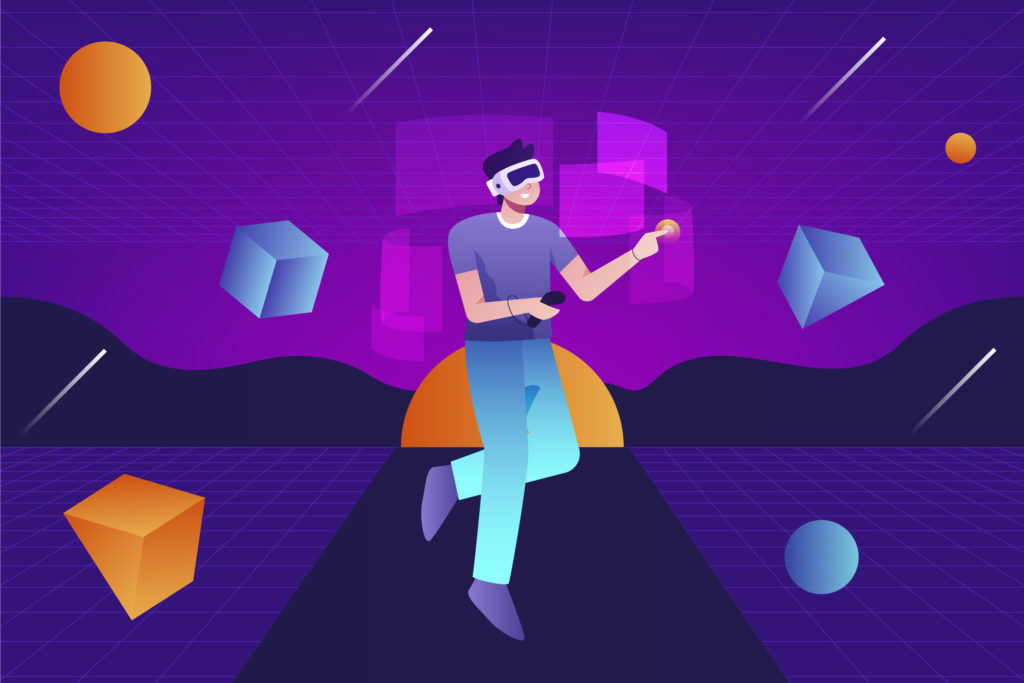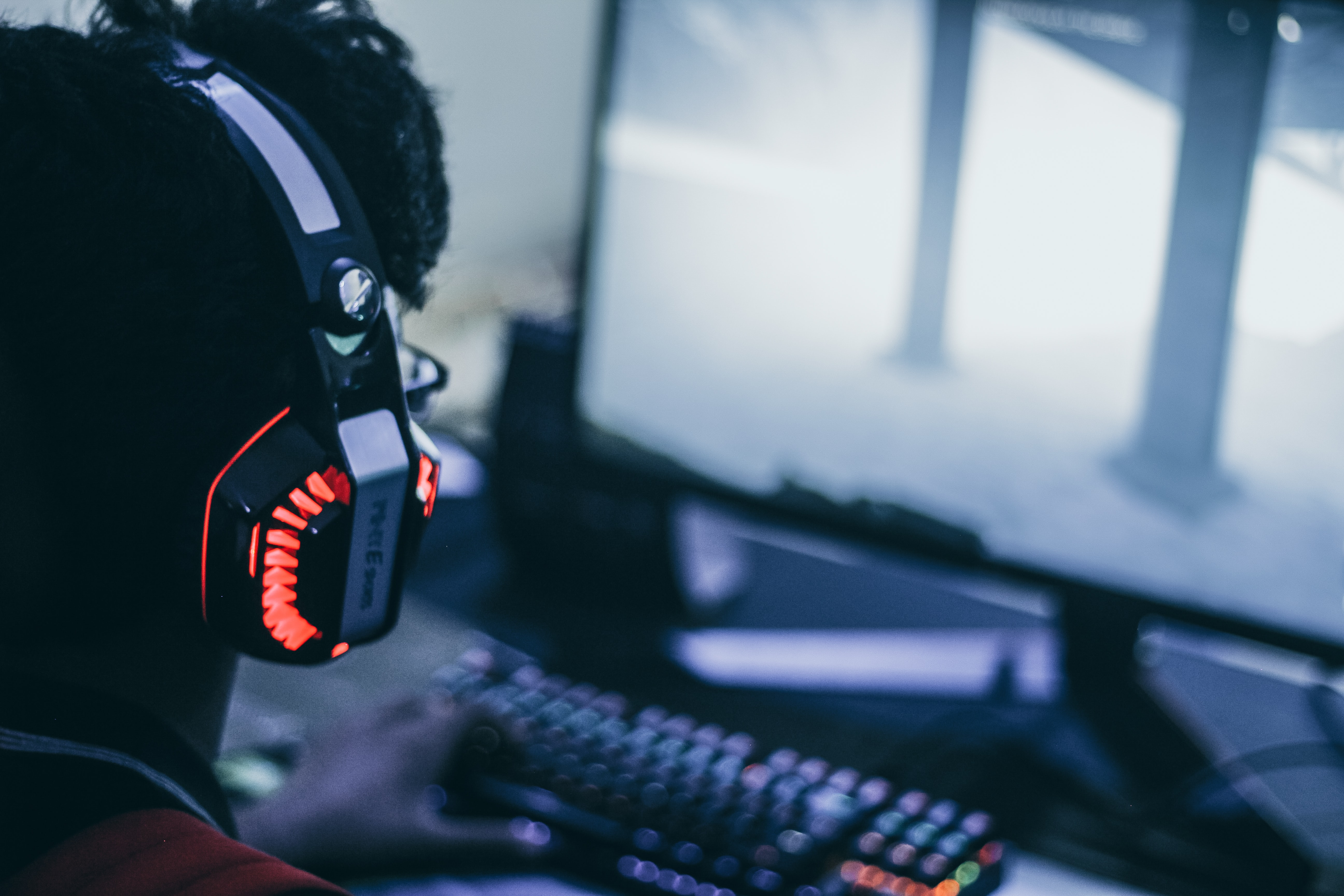Have you ever envisioned yourself wandering amidst the enigmatic temples of Angkor Wat, delving into the pristine waters of the Philippines for a scuba diving adventure, or traversing the verdant jungles of Thailand — only to be brought crashing down to Earth with the realization that you can’t just drop everything and go?
We’d all love to travel, but the reality is that most of us are hindered by the limitations of time, distance, and financial resources. But with virtual reality (VR) technology, we can now have a taste of these experiences. VR tech stands on the brink of transforming these aspirations into tangible experiences, providing an innovative and deeply immersive approach to exploring the diverse cultural and natural treasures of Southeast Asia.
The impact of VR technology on the world of travel is profound and far-reaching, offering hope and excitement to a wide range of individuals. For the elderly, the bedridden, and those with limited mobility or accessibility, VR provides a means to embark on these adventures without the physical strain or risks associated with travel. Financial constraints, which often hold people back from visiting far-flung destinations, are mitigated as VR experiences become increasingly affordable and accessible.
Exploring New Worlds: Virtual Reality’s Transportive Capabilities
Utilizing VR technology, users can find themselves transported to alternate realms, ranging from purely imaginative environments to remarkably accurate recreations of real-world locations. Equipped with VR headsets and controllers, individuals can navigate these spaces, engage with objects, and even experience tactile and olfactory sensations. Within the realm of tourism, VR offers the potential to preview destinations, emulate various attractions or activities, or embark on guided excursions, all without ever stepping outside one’s home.
Destination Previews: Informed Decision-Making Through Virtual Exploration

A paramount advantage of employing VR in tourism lies in its capacity to offer a glimpse into prospective destinations. Donning a VR headset, potential tourists can virtually navigate a location, gaining insights into its spatial arrangement, ambiance, and notable characteristics. This empowers them to make more informed choices regarding their travel plans and activities. For instance, a voyager could utilize VR to explore Bali’s pristine beaches, Bangkok’s bustling food markets, or the vibrant night markets of Taipei prior to finalizing their journey.
Even beyond that, the implications of using VR in tourism are vast and varied, as it allows people to explore and familiarize themselves with potential destinations in a safe and controlled environment. This can be particularly beneficial for several groups of individuals, such as educators planning learning journeys, people with anxiety, and families of children with ASD (Autism Spectrum Disorder).
Exploring Attractions and Personalized Experiences through VR
VR technology in tourism has two promising applications: simulating tourist attractions and activities, and creating personalized tours. This allows users to virtually experience destinations, such as diving with whale sharks in the Philippines, hiking the rice terraces of Vietnam, or visiting the temples of Bagan in Myanmar, particularly valuable for those who are unable to travel due to mobility issues, health concerns, or financial constraints.
Personalized tours use a person’s travel history, interests, and preferences to generate a custom itinerary that matches their desires. For example, a history buff could take a VR tour of the ancient city of Ayutthaya, a foodie could explore the street food vendors of Hanoi, and an adventure-seeker could hike the jungles of Sabah, all from the comfort of their own home.
There are several companies in Southeast Asia that specialize in creating and sharing 360 VR content for the tourism sector. For example, Spindonesia provides 360 VR videos and photography to events and consumer businesses, while TaKanto collaborates with travel, tourism, hospitality, and medical device companies to produce 360° VR videos. TrueXR, based in Malaysia, enhances storytelling experiences with 360° interactive VR for the tourism industry.
Another example is Singapore-based VizioFly a VR and augmented reality (AR) content creation company that specializes in creating immersive experiences for the real estate, hospitality, and tourism industries.
Immersive Virtual Reality in Education
VR technology has the potential to revolutionize the way we learn and engage with history. By immersing users in historically accurate virtual environments, VR can offer an unparalleled way to explore and experience past events and eras. For example, users could find themselves wandering through the Forbidden City during the Ming dynasty or witnessing the construction of Angkor Wat in Cambodia under the Khmer empire.

EON Reality, a global leader in AR and VR-based knowledge and skills transfer for industry and education, has already developed several interactive digital centers in Thailand that provide university students with immersive educational experiences in AR and VR across multiple modalities.
By enhancing the learning experience, VR can make history more accessible and relatable to a wider range of people. This technology could also be used in museum exhibits, offering visitors an immersive and interactive way to engage with artifacts and better understand their historical significance. As VR technology continues to evolve, its applications in education and museum can create new opportunities for both learners and educators alike.
The Future of Tourism in a Technologically Driven World
Virtual reality holds the potential to significantly enhance Southeast Asia’s tourism industry by offering immersive destination previews, personalized tours, and new opportunities for those unable to travel physically. As we consider the broader implications of this technological shift, it is crucial to explore how we can blend VR and real-life aspects, identify potential areas for startups and companies to delve into, and examine ways to make VR more accessible to those who need it.
One approach to blending VR and real-life experiences is to use VR as a complementary tool to enhance traditional tourism, rather than as a replacement. By offering travelers the opportunity to familiarize themselves with destinations and activities beforehand, VR can help them make better-informed decisions, tailor their itineraries, and maximize their time spent in each location.
There are numerous opportunities for startups and companies in this space, ranging from content creation and hardware development to platform and service offerings. These businesses can focus on developing more immersive VR experiences, refining the technology for specific niches, or collaborating with local communities to ensure the accurate representation of their culture and environment.
To make VR more accessible, companies and governments can invest in initiatives that promote affordability, infrastructure, and public awareness. By subsidizing VR equipment costs, offering public VR facilities, and educating potential users about the benefits of the technology, VR can be made available to a wider audience, including those who might benefit most from its applications.
In conclusion, the future of Southeast Asian tourism depends on the thoughtful integration of VR technology, ensuring that it enhances and complements real-life experiences rather than replacing them. By fostering a balance between virtual and physical exploration, we can create more meaningful, diverse, and accessible experiences that benefit travelers, local communities, and the tourism industry as a whole.
All opinions expressed in this piece are the writer’s own and do not represent the views of KrASIA. Questions, concerns, or fun facts can be sent to [email protected].

